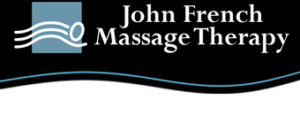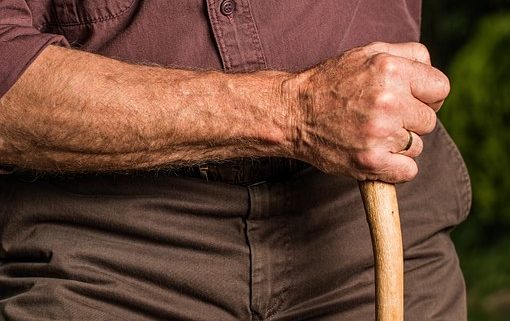Age is a State of Mind: Baby Boomers Combat Aging with Bodywork
According to the U.S. Centers for Disease Control and Prevention, preventing disease and injury is critical to reducing the expected growth of health-care costs headed our way, as more than 70 million U.S. baby boomers cross the 60-year-old threshold. Moreover, disease prevention is critical to, well, your health!
Whether you’re a boomer who is running a marathon or running after your grandchildren, you know that growing older doesn’t mean growing old. If you’re wondering how to stave off the effects of aging, the preventative and restorative nature of massage and bodywork might be just what the body ordered.
Improved Circulation, Healthier Skin
As our bodies age, our circulation slows and our skin loses its once youthful vitality. Experts say the mechanical nature of massage combats these effects by increasing circulation through the manipulation of tissue, improving the appearance and condition of the skin and its elasticity, and toning muscle tissue. Massage also creates a stimulating cellular function in the hypodermis, dermis, and epidermis layers of the skin and increases the production of skin-nurturing sebum.
Immunity and Stress
If you’re already a frequent recipient of massage, you know what the work does to combat daily stress. But did you know how detrimental those stressors can be?
Experts say the majority of disease we encounter today is associated with stress. Not only that, stress is a huge factor in premature aging of the body. Researchers say chronic stress ages the body, weakens immune cell function, and can make cells appear up to 17 years older than they really are. Through its effects, massage deftly attacks stress, while boosting the immune system.
Massage encourages the release of oxytocin, a stress-reducing hormone in the body most often associated with birth and bonding, and activates the parasympathetic nervous system and its relaxation response. Massage also decreases beta brainwave activity, increases dopamine and serotonin levels in the body, and reduces cortisol levels, all of which are linked to decreased stress.
Squashing the Pain
Part of the aging process, unfortunately, involves dealing with aches and pains. You might find a day of gardening brings on back pain you never experienced before, or your biking regimen now requires greater recovery time afterward. Even though pain is a constant source of grief for an aging body, massage can make a difference.
The passive movement in massage keeps joints more mobile and stimulates the synovial fluid, which lubricates the joints and nourishes the articular cartilage. Massage also prompts the release of endorphins and other pain-reducing neurochemicals.
In addition to the pains of physical exertion an aging body experiences, the discomfort caused by arthritis can be just as debilitating. Experts predict that one-third of Americans will get arthritis as they age. Ironically, most arthritis sufferers may not think of massage when they start to explore which therapies might ease their pain. While it is doubtful an arthritic joint can “heal” completely with massage, it can feel better. And for an arthritis sufferer, better is a welcome word, particularly when there are no side effects involved.
According to the Arthritis Foundation, an increasing number of doctors are recommending massage to their arthritis patients to help relieve the pain and stiffness caused by their disease. Massage can increase circulation around painful joints, bringing healing oxygen and nutrients, including amino acids, to rebuild tissue. Many massage therapists report that their arthritic clients find better and longer-lasting relief from massage than from pharmaceuticals.
Whether its reducing the symptoms of arthritis, or simply addressing the aches and pains of living an active life, massage can play an important role in aging well.
Bennies for Boomers
The benefits from massage and bodywork can help bodies of all ages, especially for baby boomers. Research has shown that massage:
– Improves range of motion and decreases low-back pain.
– Increases circulation, allowing the body to pump more oxygen and nutrients into tissues and vital organs.
– Provides exercise and stretching for atrophied muscles.
– Reduces swelling and scar tissue.
– Reduces recovery time from injury/surgery.
– Reduces stress, a major contributor to disease and ill health.
– Releases endorphins, the body’s natural painkiller, thereby reducing the need for medications.
– Stimulates lymph flow and supports the body’s natural process of detoxification.
Psychological Value
In addition to all the physical benefits massage and bodywork offers, there also are proven psychological changes we experience with massage. One of the reasons massage feels so relaxing is that there is a literal psychological benefit as dopamine and serotonin become balanced in the system. And when massage produces oxytocin in the body, there is a sense of being nurtured. Add that to the restorative effect that comes from those quiet moments during massage, and you’ve got a process that experts say is incredibly healing.
Aging, obviously, is a process none of us can avoid. As Benjamin Franklin said, “When you’re finished changing, you’re finished.” Turn the inevitability of aging into a positive process of change and let massage and bodywork help you along the journey.






